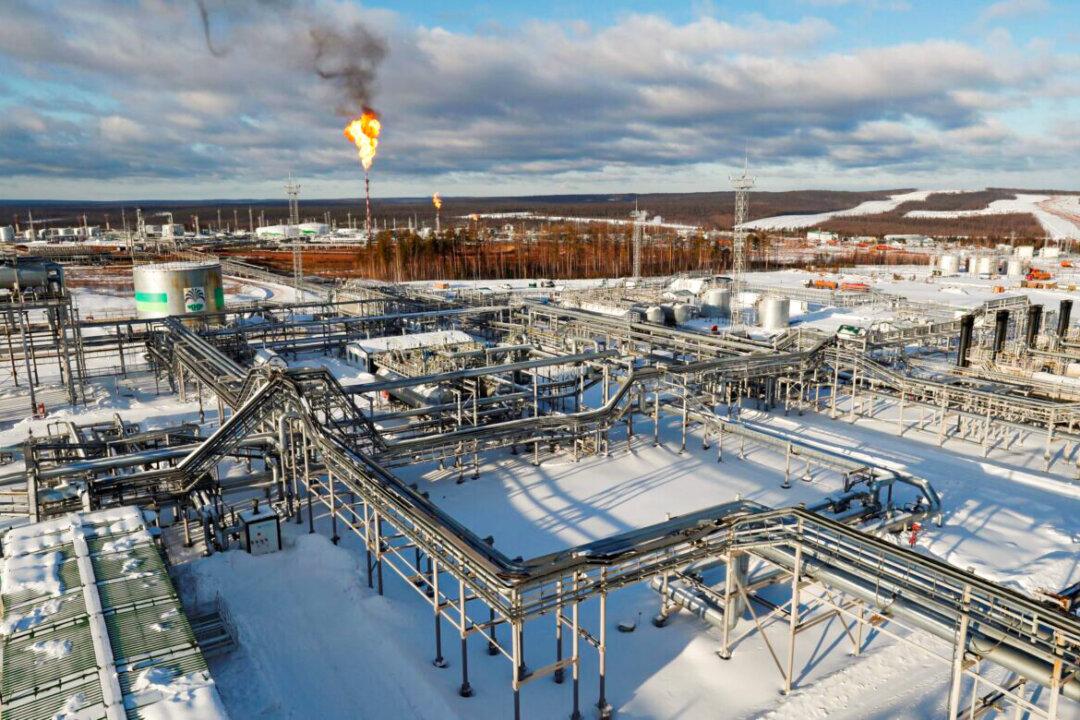Oil prices fell during early trading on March 14, continuing the downward trend of the past few days, as representatives of Russia and Ukraine hold talks that could soon result in tangible positive outcomes. The decline in prices is also attributed to China announcing lockdowns in various commercial regions amidst a resurgence in COVID-19 cases.
May futures for Brent Oil were trading at $107.07 per barrel as of 13:32 UTC on March 14 after opening at around $111 per barrel. When compared to the March 7 peak of roughly $139, oil prices are trading lower by over 22 percent.





